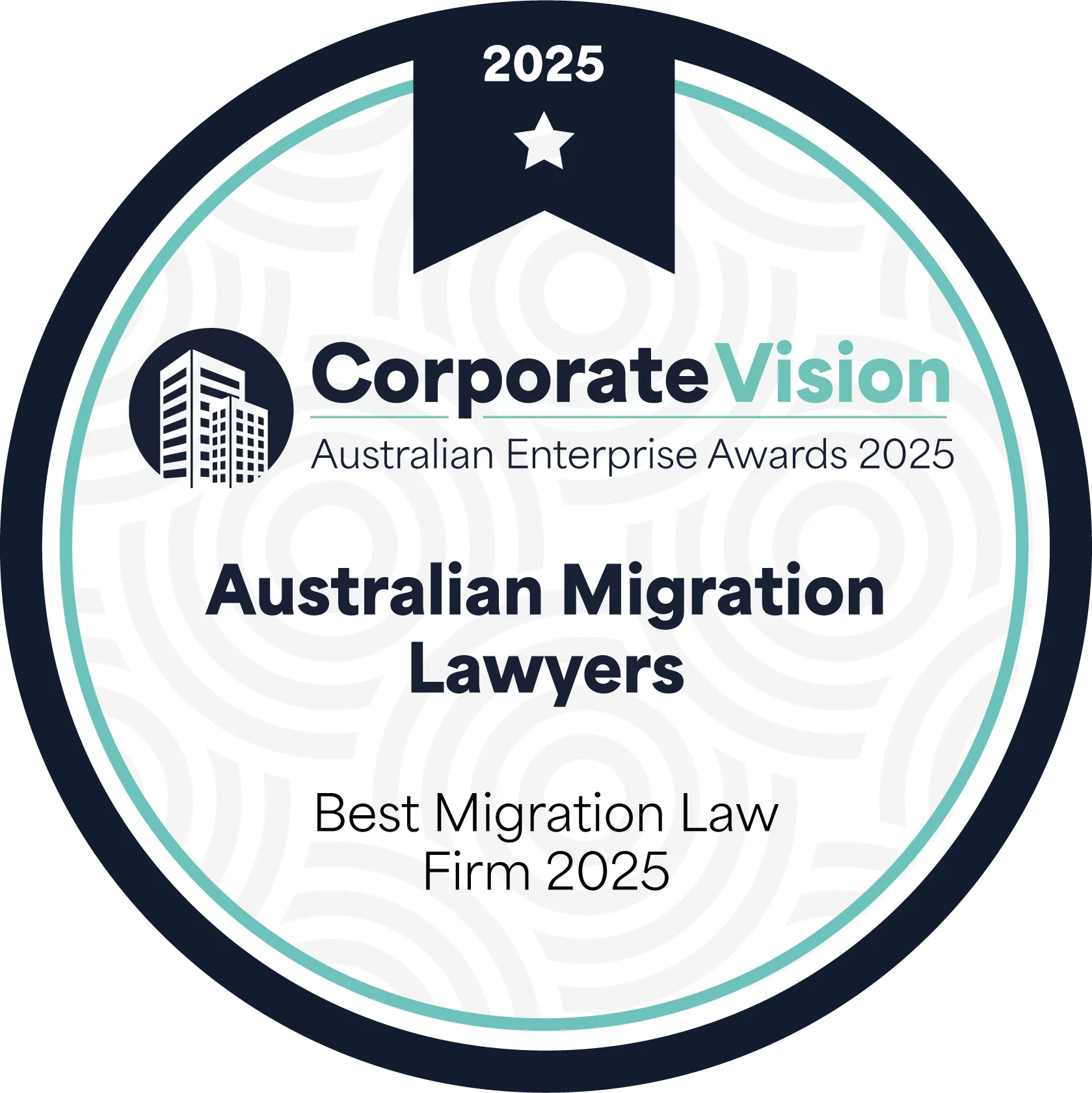Australia's largest independent migration law firm. Open 7 days! Book here.
Need help? We are available 7 days a week.

.webp)

Winner of Most Trusted Australian Migration Law Firm 2023-2026

Ranked 1st for migration law in 2023, 2024 & 2025

Ranked in the top migration lawyers 2023, 2024 & 2025

Ranked the best migration law firm 2024 & 2025
%20(1).webp)
Australia’s migration program is a cornerstone of the nation’s economic growth, designed to fill skill shortages and attract the best and brightest skilled workers from around the globe. The Australian Government carefully calibrates the program year to year, ensuring it aligns with the evolving needs of the labour market. For anyone considering a move to Australia, whether you are a prospective skilled migrant or an experienced skilled professional already in Australia, staying informed with up-to-date data is critical for a successful visa application.
While many people focus on meeting the eligibility criteria for a specific visa subclass, understanding the broader context of Australia’s migration system can give you a significant strategic advantage. It is not enough merely to just check an occupation list. You also need to know which sectors are receiving the most visa grants, where demand is highest for skilled workers, and which visa pathways are currently most active.
The Department of Home Affairs publishes a range of reports that provide a detailed snapshot of this activity. The Temporary Resident (Skilled) Report, for the period ending 30 June 2025, offers a wealth of valuable insights, revealing crucial trends for all eligible applicants.
Key data points from the latest June report include:
For the 2024–25 permanent migration program, the Australian Government has allocated 132,200 places to the Skill stream, which represents 71% of the total 185,000 permanent migration spots.
Within the Skill stream, the largest share of places has been designated for Employer Sponsored visas, with an allocation of 44,000. State/Territory Nominated and Regional visa categories have been allocated 33,000 places each. The planning level for the Skilled Independent visa has been significantly reduced to 16,900, while the Global Talent visa has also seen a decrease in anticipation of the new National Innovation Visa (NIV).
The remaining 29% of permanent migration places have been allocated to the Family stream, with the majority reserved for Partner visas (40,500).
Australia's skilled migration program provides a range of visa options. Many of these require a points test or nomination from an Australian state, territory, or employer.
Skilled Independent visa (subclass 189): This is a points-tested permanent visa for skilled workers who are not sponsored by an employer or a state or territory government. This visa is highly competitive given the significant reduction in places for the 2024–25 program year.
State or Territory Nominated Visas: These visas require nomination from an Australian state and territory government:
Employer Sponsored Visas: This category is for skilled workers with a job offer from an Australian employer. The employer-sponsored stream is a dominant pathway in Australia’s migration program, with a large number of places allocated in the 2024–25 program year.
[free_consultation]
If you are interested in getting more information about a visa, get in touch with Australian Migration Lawyers for a consultation.
[/free_consultation]
The Temporary Resident (Skilled) Report for the period ending 30 June 2025 provides detailed insights into which visa pathways are most active for skilled migrants. For primary applicants granted a permanent/provisional visa who last held a temporary resident (skilled) visa, the data shows:
The significant decrease in grants for the Skilled Independent visa (subclass 189) and Global Talent visa (subclass 858) points to a deliberate shift in government policy. The report's data on visa grants for the 2024–25 financial year confirms that the employer-sponsored stream is the most dominant pathway for skilled migrants transitioning to permanent residency. This is particularly true for skilled workers in critical sectors who can secure a job offer from an Australian employer to fill skills shortages.
For high-calibre talent, the Australian Government has introduced a new National Innovation Visa (NIV), which will replace the Global Talent visa (subclass 858). The NIV is a permanent visa designed to attract internationally recognised individuals who will drive economic growth in sectors of national importance. It is a new and promising pathway for exceptionally talented migrants and entrepreneurs. Get expert help from Australian Migration Lawyers to understand whether this visa subclass is the right option for you.
[aml_difference][/aml_difference]
While the national data provides a broad overview, skilled migration success is often determined by a state’s or territory’s specific nomination criteria. The detailed updates for each state and territory below are based on the latest Temporary Resident (Skilled) Report June 2025 figures. These state-specific pages provide further information to help you navigate the process of seeking nomination.
Each guide provides:
A skilled visa nomination is a crucial step in the process. For further details on what is happening in each location, click on the links below.
Still, navigating Australia’s migration system can be a complex and competitive process. The right information and guidance can make all the difference. If you need help with the visa application process, preparing a strong EOI, or meeting state nomination criteria, contact our experienced team at Australian Migration Lawyers. From our experience, we know that success depends on meticulous preparation. We stay up to date with evolving Australian Government priorities and policy changes, ensuring you receive tailored advice based on the latest guidelines. Do not leave your visa application to chance; get professional help today.

We have created comprehensive visa guides that outline the ins and outs of visa applications. Get yours today.